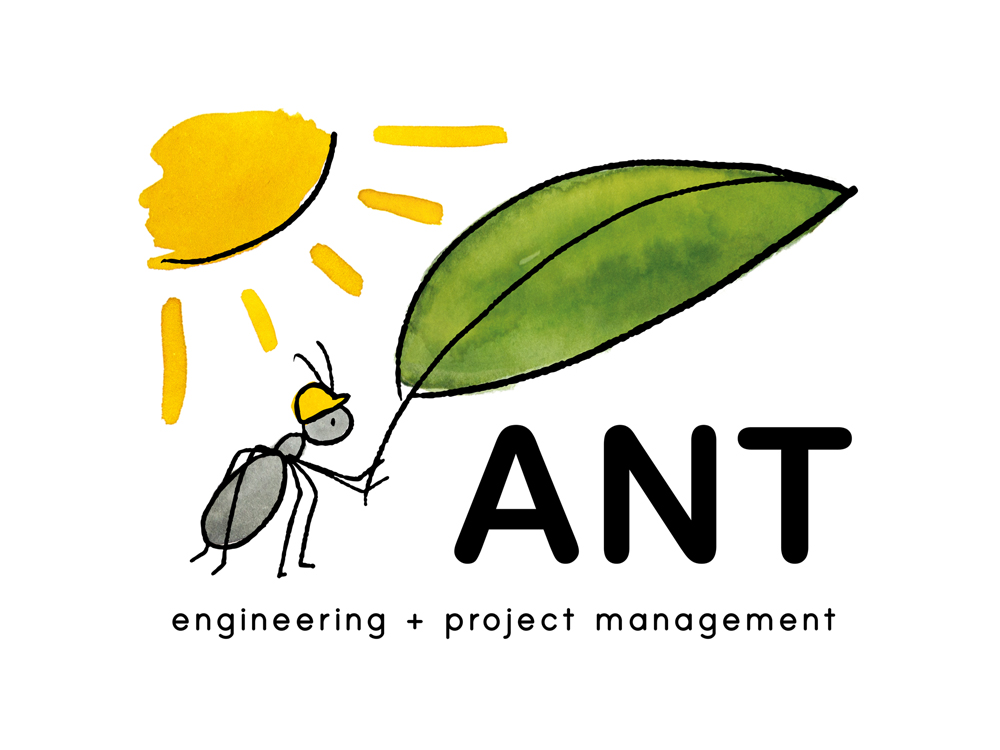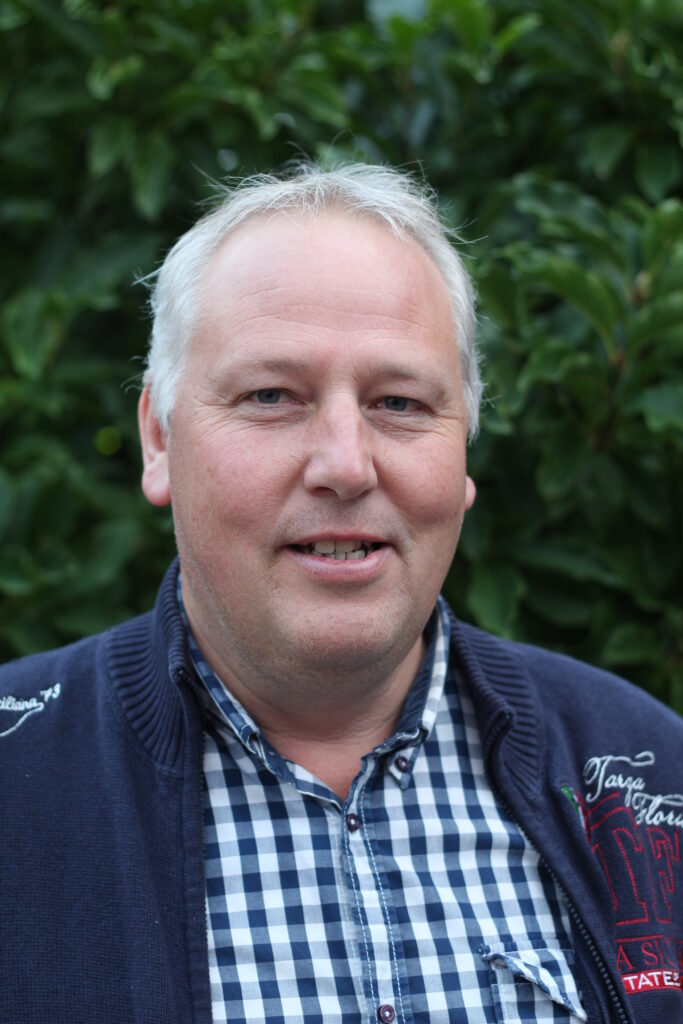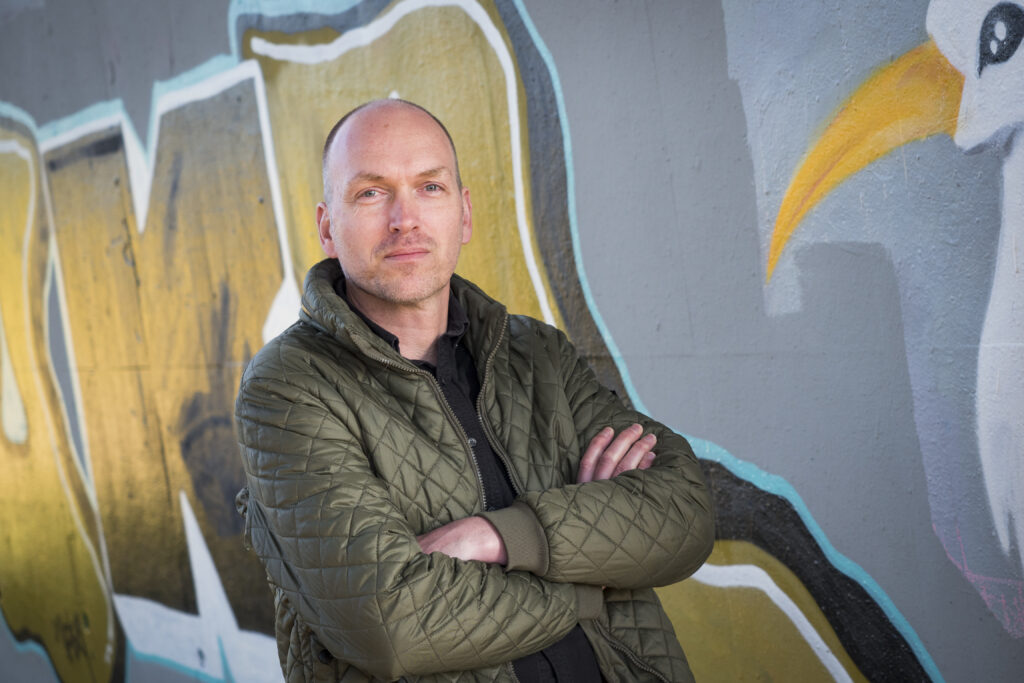
SuWoTec and ANT
SuWoTec together with ANT provide a circular system approach to the Dutch market, solving the challenges of designing and running energy systems in a sustainable way.
One of the main challenges in the Dutch market today, is the lack of storage capacity for the surplus of solar energy production. SuWoTec together with ANT are focusing exactly on this challenge.
The Dutch company SuWoTec was founded in 2016, with the goal to provide sustainable energy solutions to the market. As its founder, Mr. Lammert de Wit explains: “Our solutions stand for a circular system approach, solving the challenges of designing and running energy systems in a sustainable way.”
The challenge
One of the main challenges in the Dutch market today, is the lack of storage capacity for the surplus of solar energy production. In 2022, the solar production of electricity increased by 46%, covering around fifteen percentage of total electric power production in the Netherlands. This trend will continue strongly with an estimated installation of around 4GW of solar power annually through 2028. While this is good news for decarbonizing the energy production, the electricity grid is not capable to transport the huge amount of electricity produced on sunny days. Therefore, energy suppliers have drastically reduced the feed-in tariffs, they are paying solar panel owners, sometimes even cutting off photovoltaic modules from the grid. Apart from grid improvements, new solutions to store electricity are urgently needed, to operate solar energy systems profitable and in line with grid capacity.
The solution
The projects of SuWoTec are focusing exactly on this challenge. For a broad range of buildings, innovative energy systems are planned, combining the solar production with thermal and electrical storage systems. Partnering up with the company ANT (Accelerating Natural Technologies), several projects following this integral planning approach are being carried out.
One example is a Boutique Hotel in Texel, where electricity consumption peaks exceeded the maximum contracted capacity, while nominal consumption levels were well within capacity. SuWoTec together with ANT were asked to find a solution, that reduces the peak energy consumption and production and at the same time increase energy consumed at the local level. The support of a battery during peak consumption reduced overall capacity within allowable limits, a method known as peak-shaving. Various battery capacities were modelled in the software Polysun to optimize the configuration of the new energy system.
Based on the positive project outcome, SuWoTec and ANT are now taking on even more complex projects such as whole chalet parks, considering the local PV production, electric vehicles and integrating a suitable battery system.
To design these innovative energy systems, SuWoTec together with ANT relies on the software Polysun from Vela Solaris. With Polysun, the desired energy system can be designed including even the most innovative energy system components, and the operation can be simulated throughout the year. Polysun gives insight, which option convinces in terms of energy efficiency, dimensioning of the components and the energy self-sufficiency level reached.
Mr. Jan Rolf van den Berg from ANT uses Polysun frequently, to answer relevant design questions. He especially appreciated the support received from Vela Solaris, when starting out with the software Polysun: “The individual training sessions were very helpful in mastering all relevant aspects of the program, such as defining the control logics of an energy system.”
Project cornerstones
Client
- SuWoTec
- ANT (Accelerating Natural Technologies)
Business field
- Providing sustainable energy systems to the Dutch market.
Challenges
- Finding optimal solution to reduce the peak energy consumption/production and at the same time increase energy consumed at the local level.
Result with software Polysun
- Optimal sizing and integration of battery system, including the battery charging and discharging logics with regards to local PV production.
- Limiting peak load and peak production in accordance with grid capacity.
Gallery





